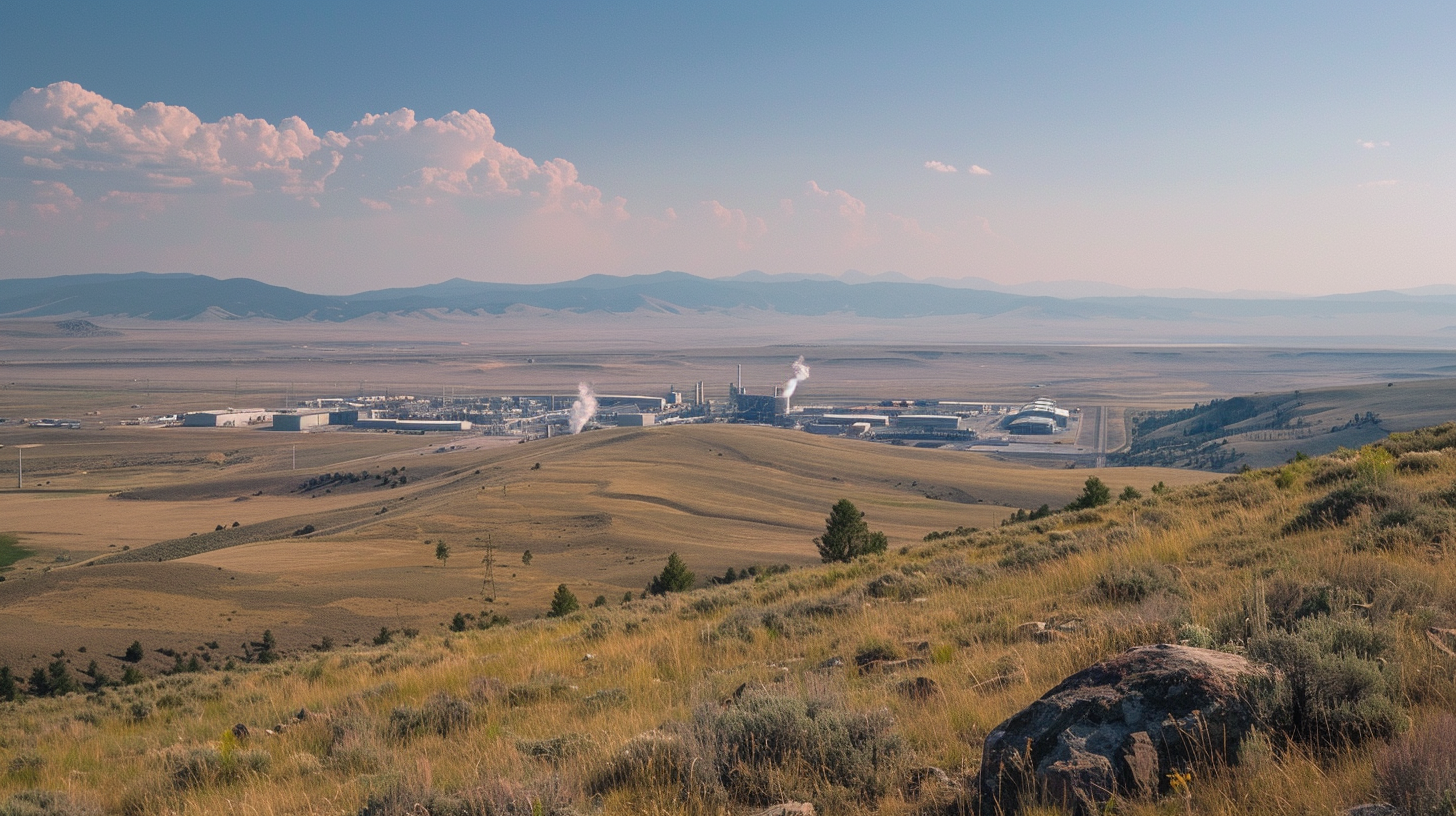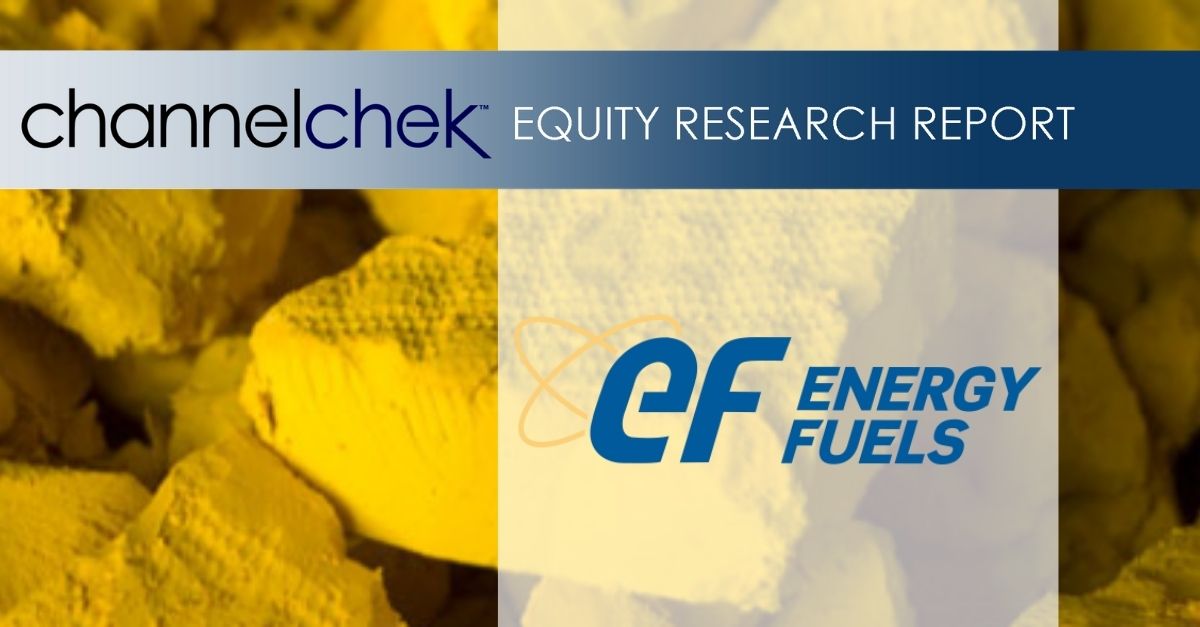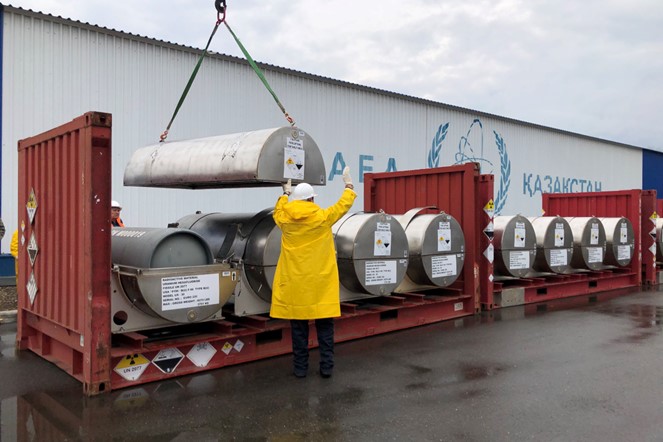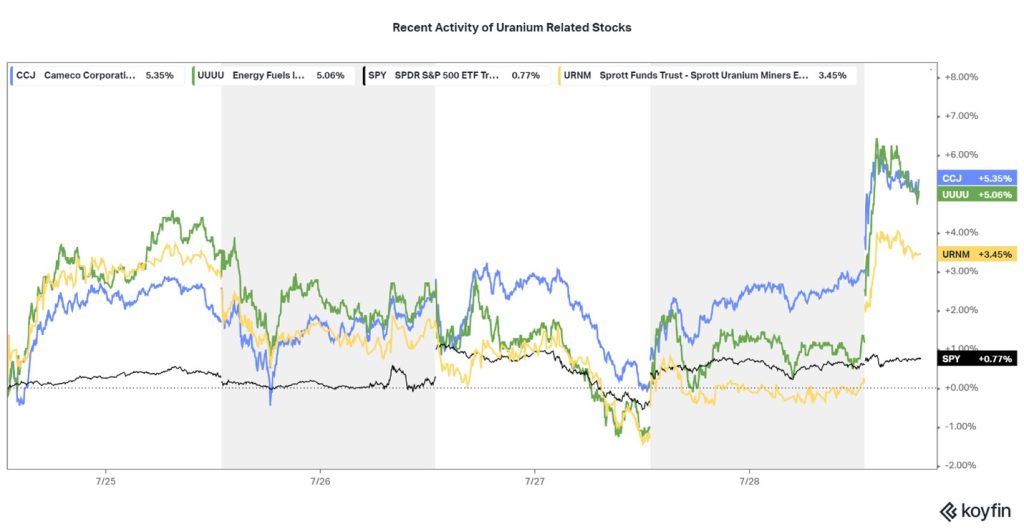Anfield Energy Inc. (TSX.V: AEC; NASDAQ: AEC; FRANKFURT: 0AD) announced it has entered into a definitive agreement to acquire BRS Inc., a Wyoming-based engineering and consulting firm specializing in uranium and vanadium projects. The transaction represents a strategic step toward strengthening Anfield’s internal technical capabilities as the company advances its portfolio toward near-term production.
BRS has served as a long-standing technical partner to Anfield since 2014, providing engineering, geology, mine development, and construction management services across multiple assets. The firm has authored numerous technical reports, Preliminary Economic Assessments (PEAs), and resource updates for projects including Slick Rock, the West Slope Projects, and the Velvet-Wood Mine. By integrating BRS directly into its operations, Anfield aims to streamline project execution while reducing reliance on third-party consultants.
The acquisition brings decades of specialized expertise in uranium exploration, in-situ recovery (ISR), conventional mining, and mill reactivation directly under Anfield’s corporate umbrella. Douglas L. Beahm, founder of BRS and Anfield’s Chief Operating Officer, will continue in his executive role while serving as principal engineer. Beahm is a Qualified Person under NI 43-101 with more than 50 years of experience in uranium resource development, mine operations, and regulatory permitting seen as critical to Anfield’s growth strategy.
From an operational standpoint, the transaction is expected to improve cost efficiency and shorten development timelines across Anfield’s asset base. Internalizing engineering and technical functions allows the company to move more quickly on resource updates, economic studies, permitting applications, and mine planning activities. This is particularly relevant as Anfield continues efforts toward restarting the Shootaring Canyon mill, which anchors its hub-and-spoke development strategy in the U.S.
Beyond operational efficiencies, the acquisition also creates new growth avenues. BRS is expected to expand its external consulting services with the support of a publicly traded platform, potentially offering turnkey development solutions to third-party toll-mill partners. The expanded technical team may also help Anfield identify and evaluate acquisition opportunities more rapidly, supporting resource expansion and portfolio optimization.
The deal terms include total cash consideration of US$5 million paid to Beahm over a two-year period. An initial payment of US$1.5 million will be made at closing, followed by US$1.5 million after the first anniversary and a final US$2 million payment after the second anniversary. No securities will be issued as part of the transaction, and no finder’s fees are payable. Completion of the acquisition remains subject to customary closing conditions and regulatory approvals.
As a related-party transaction under Multilateral Instrument 61-101, the acquisition qualifies for exemptions from formal valuation and minority shareholder approval requirements, as the total consideration does not exceed 25% of Anfield’s market capitalization.
Anfield Energy is a uranium and vanadium development company focused on building a vertically integrated domestic energy fuels platform. The acquisition of BRS marks a meaningful step toward that goal, enhancing internal technical depth while positioning the company to advance its projects more efficiently amid rising demand for U.S.-based uranium supply.












